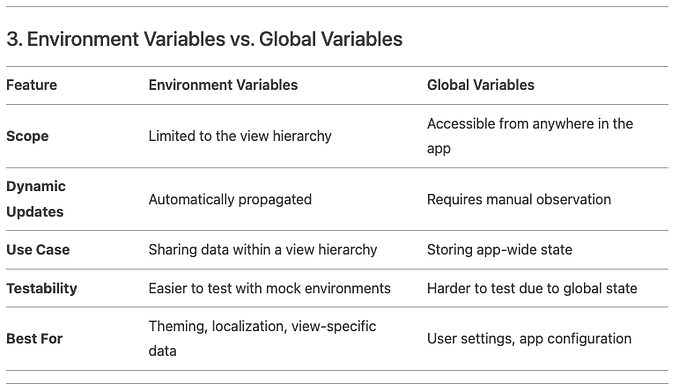Designing Inclusive Voice Experiences

There are 3.25 billion people using voice assistants.
With a number like that, there are both slight and vast differences between the people, so a one-size-fits-all design philosophy leaves huge chunks of the voice-interactive population with limited functionality.
Amazon’s Alexa, for example, has significant trouble processing 23% of commands given by users with a Scouse accent, popular in Liverpool, UK. That’s at least 900,000 people.
People with a Welsh accent don’t fare any better with Google Assistant.
The issues extend beyond the AI missing certain region-specific words. They touch on real use cases, involving people who can benefit from inclusive design principles, so voice assistant technology can add to their quality of living.
The bottom line is not everyone’s getting the same functionality from voice assistants. But inclusive design can change that.
Who’s Missing Out from Lack of Inclusive Voice Design Principles?
The Blind
The people who need inclusive conversational design are those with the most to gain from the technology. Like the 285 million visually impaired people all over the world.

They can benefit from the home automation functions, the shopping applications, and simple fact-based question and answer tasks that would otherwise require much effort from them.
More importantly, they may wake up needing to call someone for urgent help. But if their style of speaking isn’t one their voice assistant can pick up — these features are unavailable to them.
The Speech-Impaired
Then there are people who — though their accent and dialect is one that voice assistants easily ‘understand’ — may be struggling from speech impediments.

As many as 8 million people fall under this category in the United States alone.
For some, it might be something like a stutter, which the popular voice assistants have problems with.
Or it could a more severe issue, such as ALS.
Either way, voice assistants are generally poorly optimized to handle the requests of speech-impaired people.
Though, that can also affect anyone at all. For example, if a user catches a cold, the combination of nasal speech and sniffles may make it difficult for, say, Alexa to understand commands.
Digital Immigrants
Tech users are basically split into two groups today: The digital natives who are highly tech-savvy and comfortable with new features, and the digital immigrants, who need a little more help and subtle encouragement to embrace tech.

Inclusive voice design has to account for the latter camp, so the responses they receive don’t assume context they may be lacking. And so they can receive experiences that are tailored to how comfortable they are with voice assistants, with encouragement to explore more features.
Illiterate users may also fall under this group.
More inclusive voice design that takes their education level into account can make it easier for them to text, find information on their device and on the internet, and do everyday things like adding to their to-do lists and listening to music.
Women and Second Language Speakers
Research carried out by YouGov showed that half of the surveyed men experienced comprehension issues with their voice assistants, yet two thirds of women had the same problem.
While a separate study showed that users with non-American accents are 30% more likely to be misunderstood.
Lack of diversity in conversation design means, at best, some people run into inconveniences. Users have to go through experience-tarnishing repeats while adopting different accents and pronunciations to access simple features.
Solving the Problem with Inclusive Voice Design Principles

A fairly simple but comprehensive inclusive design definition, in this case, is that it means giving the widest range of people access to the full functionality of voice assistants.
That calls for all the groups mentioned above to have their needs accounted for in the actual experience of using the assistant, so there’s more accessibility and fairness where improvements are needed.
Incorporating these values into conversation design training the way Digital Assistant Academy does allows the AI to have a built-in framework for inclusivity.
There are factors that can be added to conversation design to make this possible.
Greater Responsiveness
If conversation AI can perform real-time calculations as it listens to a user’s query, it can pick up speech patterns that indicate a disability.
For example, it can identify long, labored pauses; multiple repetitions of similar syllables, signs of acute loss of breath within pronunciation — and all these can be used to tailor the experience to the user’s needs.
In time, the conversation AI can learn the exact impairment different signs point to, and deploy the exact features needed to provide a more pleasant experience.
Features can be added to help users give out their commands more quickly, or to make the voice assistant understand the command in fewer words.
Diversity-focused Assistant Training

While voice assistants already have access to data that is fed into innovating their features, inclusive design can take a different approach.
It can, where necessary, devote a greater focus to those groups whose inputs are being picked up with less accuracy. That may be people whose way of speaking is underrepresented in the primary training data.
Testing is an essential element here too. And it includes using a wide-ranging set of test scripts and scenarios to get a clear picture of the assistant’s performance with people of different backgrounds.
Gender-diverse Assistant Personas
Several genderless voice assistants have been released, most prominently Q.
But there are concerns that merely providing the assistant with a more gender-ambiguous voice and style of speaking doesn’t go far enough in fostering inclusivity.
Deeply ingrained gender biases can be tackled by, for example, addressing the cultural cues that the assistants use to respond to queries.
Studies have shown that Siri’s female voices tend to be more appeasing and supplicatory. A large number of female users today are likely to find this out of date.
Genderfluid and non-binary users can also get personas developed to match their identities and address them more inclusively.
This is crucial for creating inclusive voice experiences, since 41% of users are so attached to their voice assistants they describe using them as being “like talking to another friend.”
Voice user interfaces are gaining wide adoption worldwide, and that’s what makes it essential for them to be fully functional and inclusive to a broad range of people. Training provided by Digital Assistant Academy helps achieve this, making digital assistants better able to accurately serve users and also provide pleasant experiences.
About Digital Assistant Academy
Digital Assistant Academy provides Voice Interaction Design and Conversation Design training and Certification. In this program, we will take you from the very basics of voice interaction and conversation design, through to how voice technologies work. We’ll do a deep-dive into conversation design strategy, and it will be fully hands-on with your Capstone projects. By the end of the course, you will have two voice applications successfully designed, developed, and deployed. Learn more at Digital Assistant Academy https://www.digitalassistant.academy/
Before you go
Clap 👏 if you enjoyed this article to help me raise awareness on the topic, so others can find it too
Comment 💬 if you have a question you’d like to ask me
Follow me 👇 on Medium to read the more articles on Voice Technology and Conversation Design, and on Twitter @sprayaga






